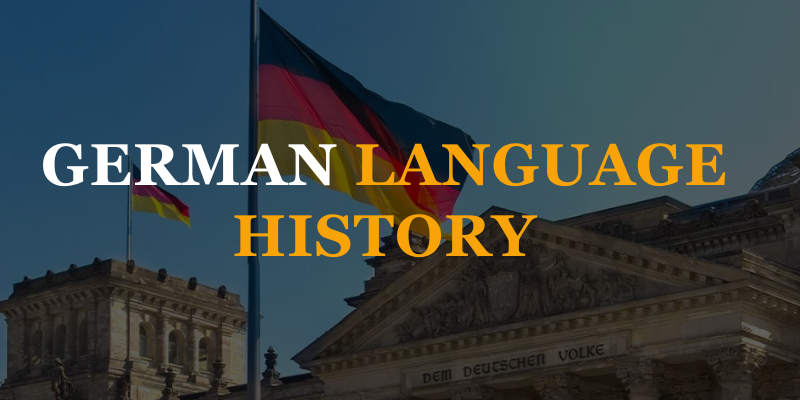German is a language of West Germany spoken by 121 million native speakers and understood by around 80 million non-native speakers. When taken as a whole, this places German as the tenth most spoken language in the world. This blog will educate you on the fascinating history of the German language and culture. If you want to learn more about the German Language, join the German Language Course in Chennai offered by FITA Academy, where you can improve your knowledge and skills in German.
History Of The German Language
The Largest German-Speaking Communities
The United States, Canada, Brazil, and Argentina are home to the most excellent German-speaking populations. You may have heard about German speakers in South America. But over the past 200 years, millions of Germans have moved there.
The various regions and localities inside Germany greatly influenced the German language. It was also significantly impacted by the nations that surrounded Germany. German native speakers would speak a dialect specific to their area of residence.
German Language Origin
The Indo-European language family is where German as we know it now originated. There was a “Germanic Sound Shift” in the ancestral language around 750 BCE, resulting in new German word pronunciations. The Germanic tribes spoke this language. The lexicon grew and became profoundly affected by Latin when the Romans arrived in 55 BCE.
Modern “German Language”
The Early New German period was the following phase in German history. Martin Luther’s 1545 German translation of the Bible was one crucial event during this time. Spelling unified more when specified German areas established the German Reich in the 19th century. If you wish to increase your knowledge of German, enrol in the German Language Course Online.
Alphabets & Writing System
The first known written evidence of German originates from the eighth century AD. The Latin alphabet was used to write these early manuscripts. The German language is still written using the Latin alphabet. The amount of umlauts in German makes it nearly impossible to mistake it for another text written in the Latin alphabet.
Impact Of The World Wars
World War I was one of German cultural history’s most significant turning points. World War I significantly impacted its current prominence as a global language. A complete prohibition on teaching German language to students was put in place in 14 US states starting in 1917, including Indiana, Iowa, Nebraska, and California.
German Translation Services
Despite the violent history of German culture, German is still the most widely spoken language in Europe, and more and more people are learning it as a second language. Translations into German are therefore much sought after. They can increase global prospects and make your material appealing to a broader range of readers. Enrolling in a German Language Course In Bangalore might enhance your proficiency in the language if you’re interested in learning more about it.
Also Check: Beginner’s Guide To Learning German
 India Unimagined! News, Travel, Finance, Blog & Government Schemes
India Unimagined! News, Travel, Finance, Blog & Government Schemes


